E-Collar Training
Our philosophy here at Pets Get Physical is based on the “Pack Leadership” method. While we are in the field with the pack we often have young, maturing dogs that require guidance & correction while socializing to keep the pack energy balanced and under control.
Examples of unwanted behaviours that we feel would benefit from e-collar training are incessant barking, mounting one another or playing too rough. When we are in our smaller yard or indoor playroom, we can simply walk over and make the correction. This is not always the case when we are in our big field. Most owners know that when dogs are running free in a large field like we have here, their recall is NOT at its best :)
If a situation arises that we feel has the potential to become something negative, we need to be sure we have full control in order to keep everyone safe. We want nothing more than to have all of our pack mates enjoy their walk and freedom in the field.
That being said, there are times we will ask for approval to use a training collar on your dog. Owners have the right to deny the use of the collar and look into another daycare facility that is more suitable to their needs and preferences.
Since the first time we started using e-collars in 2011, we have had amazing success. The very first case was a long-time client who got a new pup. We found that when this new pup started to attend daycare her “big brother” became protective and would not allow her to socialize or play with any other dogs. As the pack leader I needed him to understand that it was no longer his job to protect her, but mine, and that he was free to have fun. We were able to correct this undesirable behaviour very quickly using the e-collar.
To begin training on an e-collar is simple. First, we say a command (i.e. come) while using the beep function to reinforce the command if they do not obey. The next step would be to turn the dial to a low level stimulation (#1) (there are 7 levels) then give the verbal command again and immediately after give the low level sensation.
Depending on the dog, this can cause a variety of responses. Some dogs will not react to a low level stimulation at all, while others may shake their head as if a fly was buzzing near their ear. Another reaction we have witnessed is the dog jumping to the side as if they have been nudged by someone. The reaction all depends on how sensitive the dog is naturally and the state of mind the dog is in when receiving the stimulation.
After we get a reaction from the dog, the next step is calling them to us and giving them a lot of praise while beeping their collar. This creates a very positive association with the sound of the beep while teaching them to come to the pack leader when they hear the beep or verbal command.

